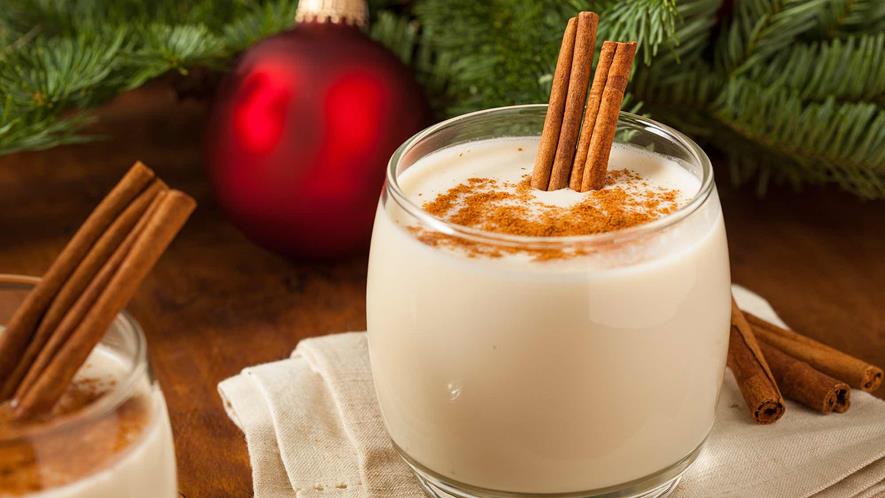Drinking in the holiday spirit
In America, the holiday season is looked forward to by many who gather to celebrate the many traditions that the holidays bring. There are so many traditions that it is sometimes hard to remember what they all mean, let alone how they came to be. One tradition in which many people partake is the drinking of eggnog.
Many people even drink eggnog before the holiday season or after it ends because of how beloved this thick, frothy beverage is. Though eggnog takes many different forms depending on its origins and ingredients, eggnog can be traced back to the aristocracy of England.
Going as far back as the middle ages, eggnog was originally enjoyed only by the wealthiest of European society. However, this “eggnog” that they enjoyed was very different from the nog people drink today. The nobles of England had a lot of money sitting around and the easiest things to spend it on were various luxuries. They wanted a sophisticated drink that separated them from the common people, which is how the first form of eggnog was created.
Nobles came up with a sweet concoction that incorporated small amounts of very expensive ingredients, including some type of alcohol such as ale or wine, sugar, hot milk, cream, and figs, thickened with either bread or oatmeal. These were combined to make the first eggnog; which was called posset.
This was the birth of what we know as eggnog, with many changes to come.
Not long after the end of the Medieval era, Buddhist monks became fond of the drink and added their own twist to it. The monks had an overabundance of eggs and decided to experiment with various recipes. The monks added eggs to the British posset, making more or less the eggnog we know today.
Going forward a couple hundred more years, the British took a liking to the recipe addition the monks had made and renamed the drink “eggnog”, which was a play on the egg ingredient and the tankard, called a “noggin”, in which the drink was served.
Eventually, eggnog was brought over to America when it was still a colony of the British Empire. This is the most direct origin. Ale was too old-fashioned for new-age eggnog drinkers, so instead, they decided to spice it up with Caribbean rum. Eggnog was then dressed up with actual spices like nutmeg and cinnamon, which gave eggnog the taste we know today.
George Washington himself came up with a recipe for eggnog that people are still making today, though he never wrote how many eggs it needed, and it was a very alcohol heavy beverage.
As of late, eggnog has been made most often without alcohol, and with very little egg. This thinner type of eggnog has become more popular, and can be enjoyed by people of all ages as it is non-alcoholic.
Whether you like it old-fashioned or more modern, eggnog can be enjoyed by all. Happy holidays!


